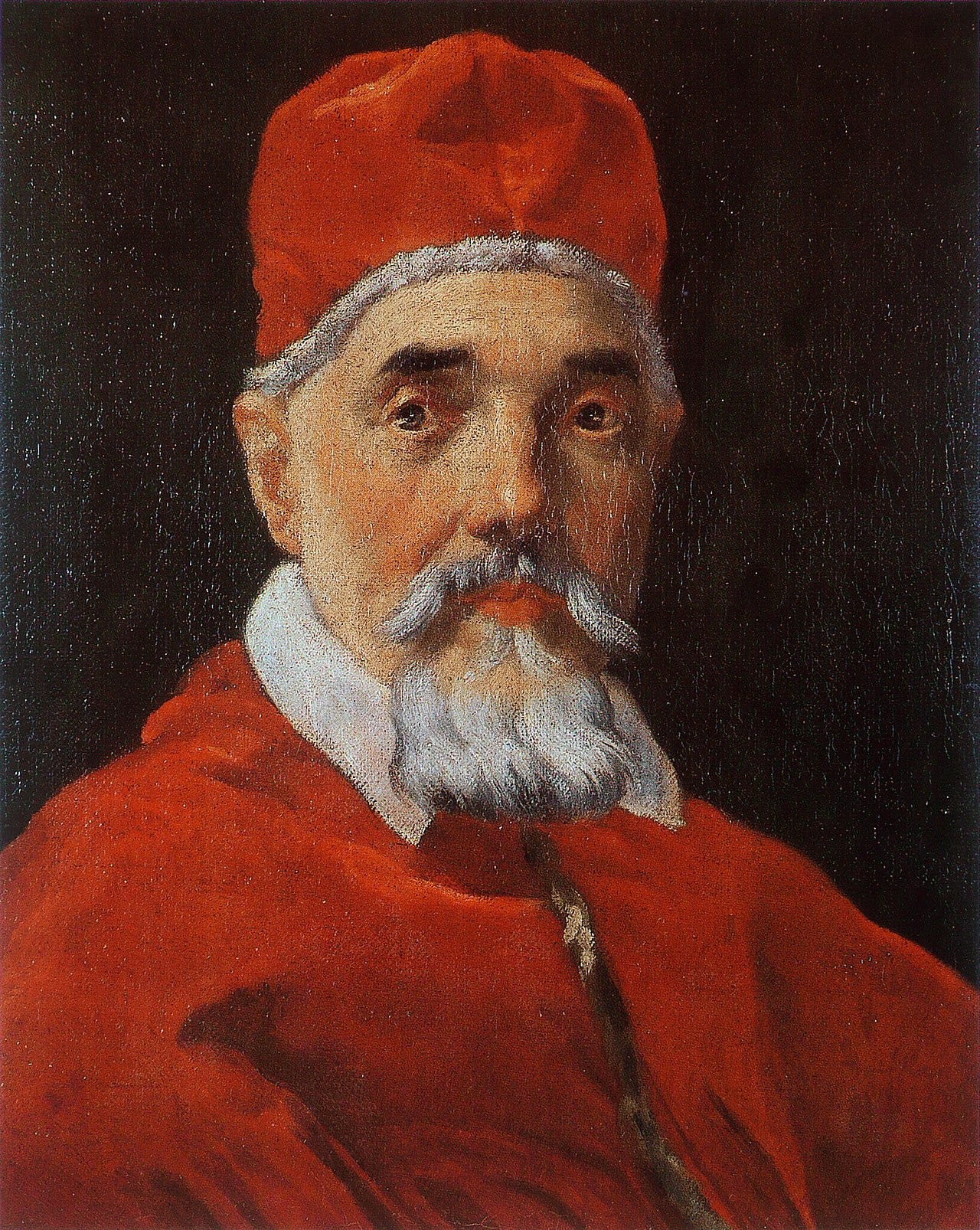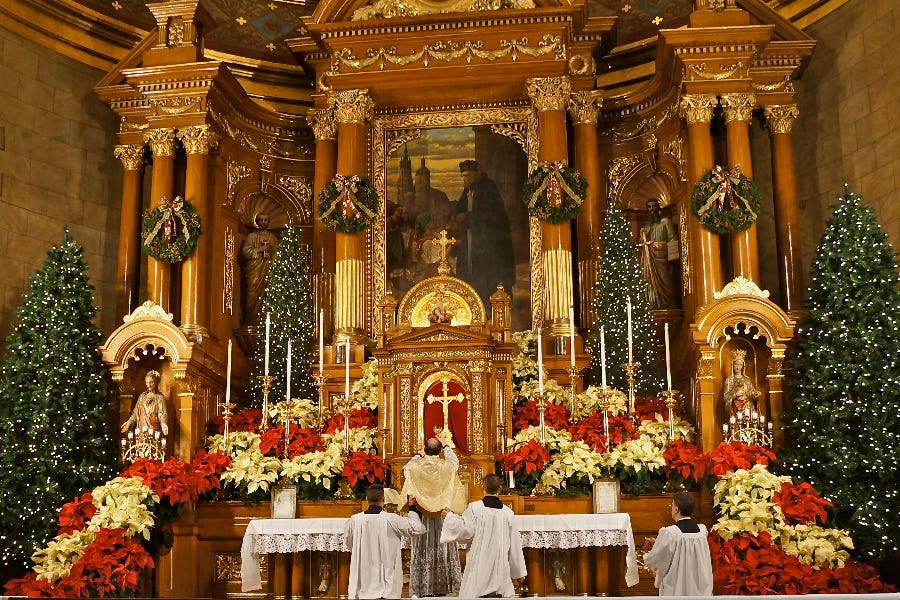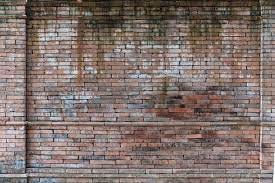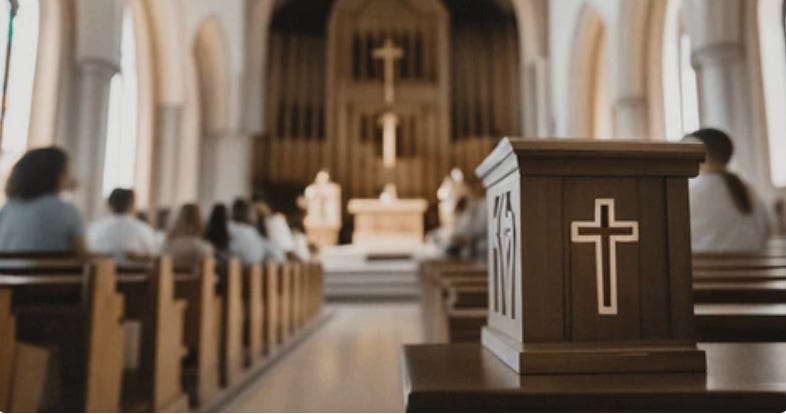Eclipses - both solar and lunar - have long been a source of fascination. In ancient times, solar eclipses were seen as omens of doom.
The Scriptures describe the sun as ceasing to shine for three hours during Jesus’ crucifixion, which some scholars have attributed to some type of unusual mega-eclipse.
Today, while astronomers can both predict and explain eclipses, the phenomena attract no less interest. Millions of Americans are expected to travel to view the April 8 solar eclipse, which will be the last total solar eclipse visible from the contiguous United States for the next 20 years.
Catholics, like their secular counterparts, are also enthralled by eclipses. So here are some fun Catholic eclipse reactions, events, and stories from the Church’s past, and present:
Born and buried during an eclipse
Solar eclipses took place on the day of both Pope St. John Paul II’s birth, and his burial.
A partial solar eclipse took place in the Southern hemisphere May 18, 1920, the day JPII was born.
Another eclipse took place on the date of the saint’s funeral, on April 8, 2005.
While neither of those eclipses were visible from the location where John Paul II was, the pope did get to witness a near-total eclipse during his time as pope, on the morning of Aug. 11, 1999, directly following morning Mass.
In fact, there’s a little bit of mystery about that Mass. The Washington Post reported that John Paul II “cut short his morning Mass at the Vatican so as not to miss the eclipse.”
What exactly does that mean? It seems unlikely that the pope ended the Mass early. Perhaps he skipped the homily or chose a shorter Eucharistic prayer? The details are a bit … dark … unfortunately.
The birth of an observatory
People are sometimes surprised to learn about the existence of the Vatican Observatory, established in 1930 as an astronomical education and research center.
But the observatory might not exist if not for an eclipse some 200 years ago.
According to the observatory’s director, Brother Guy Consolmagno S.J., a pope in the early 1800s was so impressed after viewing an eclipse in Rome that he gave papal support to what would end up being the predecessor to the Vatican observatory — presumably the Observatory of the Capitol, which was founded in 1827 with support from Leo XII, seven years after an eclipse visible in Italy.
John XXIII describes an eclipse to blind children
In February 1961, Pope John XXIII watched a near-total solar eclipse from his bedroom, looking through a piece of smoked glass. It was the 397th anniversary of Galileo’s birth.
The New York Times reported that shortly afterward, the pope described the eclipse to a group of 160 blind children from Naples, calling it a “wonderful, impressive spectacle.”
“The world has stood in the light of Christ for 2,000 years,” he told them, “and the future must still be in Christ.”
The ‘Urban’ eclipse
In 1628, Pope Urban VIII became preoccupied by a an astrological prediction that he would die during a solar eclipse on Dec. 25.
The pope ordered to the Vatican a Dominican priest, Fr. Tommaso Campanella, who was in prison for heresy, including a deep interest in astrology. At some time preceding the eclipse, Campanella and the pope conducted some … strange rituals … apparently involving gemstones and torches used to recreate the night sky inside a room where they sprinkled vinegar.
Whatever that was about, Urban didn’t die that December — in fact, there was only a partial eclipse. But soon after, another astrological prediction of his death arose, that prediction connected to a 1630 eclipse.
Again, he didn’t die.
Soon after, in April 1631, Urban issued a bull which forbade Catholics from taking part in astrological prediction and speculation. In 1998’s Fides et ratio, Pope St. John Paul II cited the bull, noting the Church’s opposition to “esoteric superstition found in astrological speculations.”
An eclipse retreat
The Benedctine Sisters of Erie, PA, will be in the path of totality for Monday’s eclipse. The community is hosting a solar eclipse evening prayer on Sunday, and an eclipse retreat Monday morning.
The events coordinator for the community said they are expecting attendees from at least 15 states and two European countries.
And another retreat
The Vatican Observatory will also be hosting a retreat for Monday’s eclipse.
The 4-day “Faith and Science” retreat is being held April 5-8 at the Mother of the Redeemer retreat center in Bloomington, Indiana - in the path of totality for the April 8 eclipse.
The weekend retreat includes daily Mass and numerous talks, on subjects including “Astronomy and the Vatican,” “How the Moon was Formed,” and “Where Faith and Science can Meet.” Brother Consolmagno is one of the featured speakers.
The retreat will conclude with a viewing of the eclipse, followed by a “Post Eclipse Celebration.”
A Catholic farmstead
The St. Joseph Farmstead in Little Rock, Arkansas is inviting people to come view the eclipse from its 63-acre property.
The farmstead, established in 1908, is focused on sustainable farming practices. It houses the St. Joseph Center, a 56,000 sq ft. building that has served at various times as an orphanage, nursing home, and retreat center. Today, the venue hosts wedding receptions, parties, and other events.
Visitors can reserve a spot to watch the eclipse from their car for $25. There are also spots to camp and park RVs, as well as private suites available to spend the night.
Turn around, Brighteyes
You might not know this, but “Total Eclipse of the Heart” is the background music for a Christian skit that was once wildly popular among Evangelical (and maybe Catholic?) youth ministers across the country.
Here’s a pretty typical example:
And here’s the real deal:









